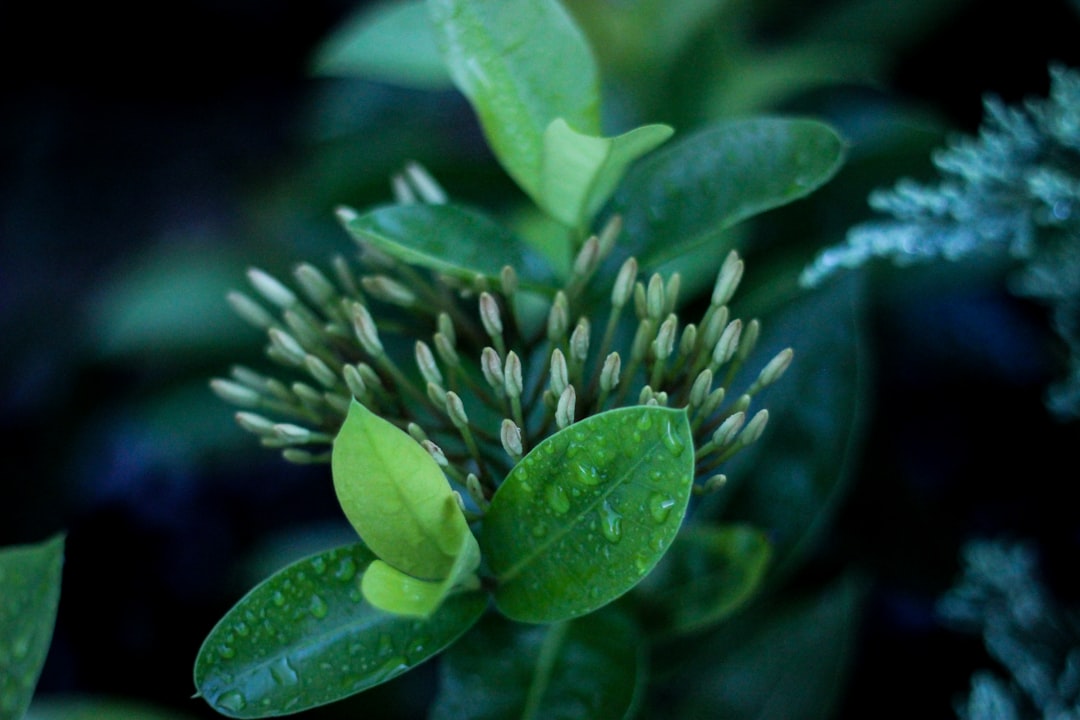Transform Your Under - Tree Space with an Effortless Woodland Garden

Are you looking to breathe new life into that often - overlooked area beneath the canopy of a tree in your yard? Look no further than this bold woodland garden plan filled with easy - care plants. This garden plan is not only a feast for the eyes but also a practical solution for those challenging shaded spots.
Shade gardens have a unique charm. They offer a cool, serene retreat from the harsh summer sun. And with the right selection of plants, you can create a lush, vibrant oasis that thrives in the dappled light. The first step in bringing this woodland garden plan to life is choosing the right plants.
One of the stars of this garden plan is the hosta. Hostas come in a wide variety of sizes, shapes, and colors. From the petite 'Blue Mouse Ears' to the large 'Sum and Substance', there's a hosta for every space. These plants are known for their beautiful foliage, which can range from deep green to variegated shades of white and yellow. Hostas are also incredibly low - maintenance. They are drought - tolerant once established and require little pruning. Simply plant them in well - drained soil and they will reward you with years of beauty.
Another great addition to the woodland garden is the fern. Ferns are a classic choice for shade gardens. Their delicate fronds add a touch of elegance and movement to the landscape. There are many different types of ferns to choose from, such as the lady fern, ostrich fern, and Japanese painted fern. Ferns prefer moist, shady conditions and are relatively pest - free. They can be planted in groups to create a natural, woodland look or used as a backdrop for other plants.
Heuchera, also known as coral bells, is another excellent plant for this garden plan. These plants have colorful foliage that comes in shades of purple, red, orange, and green. Heucheras are easy to grow and can tolerate a wide range of soil conditions. They produce delicate flowers on tall stems in the summer, adding a splash of color to the shade garden. Heucheras are also deer - resistant, which is a bonus if you live in an area with a high deer population.
When it comes to designing your woodland garden, consider the layout. You can create a naturalistic look by planting in drifts or clusters. Group plants with similar water and light requirements together to make maintenance easier. Add some hardscaping elements, such as a small stone path or a decorative boulder, to add interest and texture to the garden.
Soil preparation is crucial for the success of your woodland garden. Most of the plants in this plan prefer well - drained, acidic soil. Amend the soil with organic matter, such as compost or leaf mold, to improve its structure and fertility. This will help the plants establish strong roots and thrive in the shaded environment.
Watering is also an important aspect of maintaining a woodland garden. While many of these plants are drought - tolerant, they still need regular watering, especially during dry spells. Water deeply and infrequently to encourage deep root growth. Mulching around the plants can help retain moisture in the soil and suppress weeds.
Finally, don't forget about the wildlife. A well - designed woodland garden can attract a variety of birds, butterflies, and other beneficial insects. Planting native species will help support the local ecosystem and provide food and habitat for wildlife. For example, the flowers of heucheras and ferns can attract pollinators, while the dense foliage of hostas can provide shelter for small animals.
In conclusion, this bold woodland garden plan is a wonderful way to transform the area under a tree's canopy into a beautiful and functional space. With the right selection of easy - care plants, proper design, and maintenance, you can create a shade garden that will be the envy of your neighbors. So roll up your sleeves, grab your gardening tools, and get started on creating your own woodland oasis today!